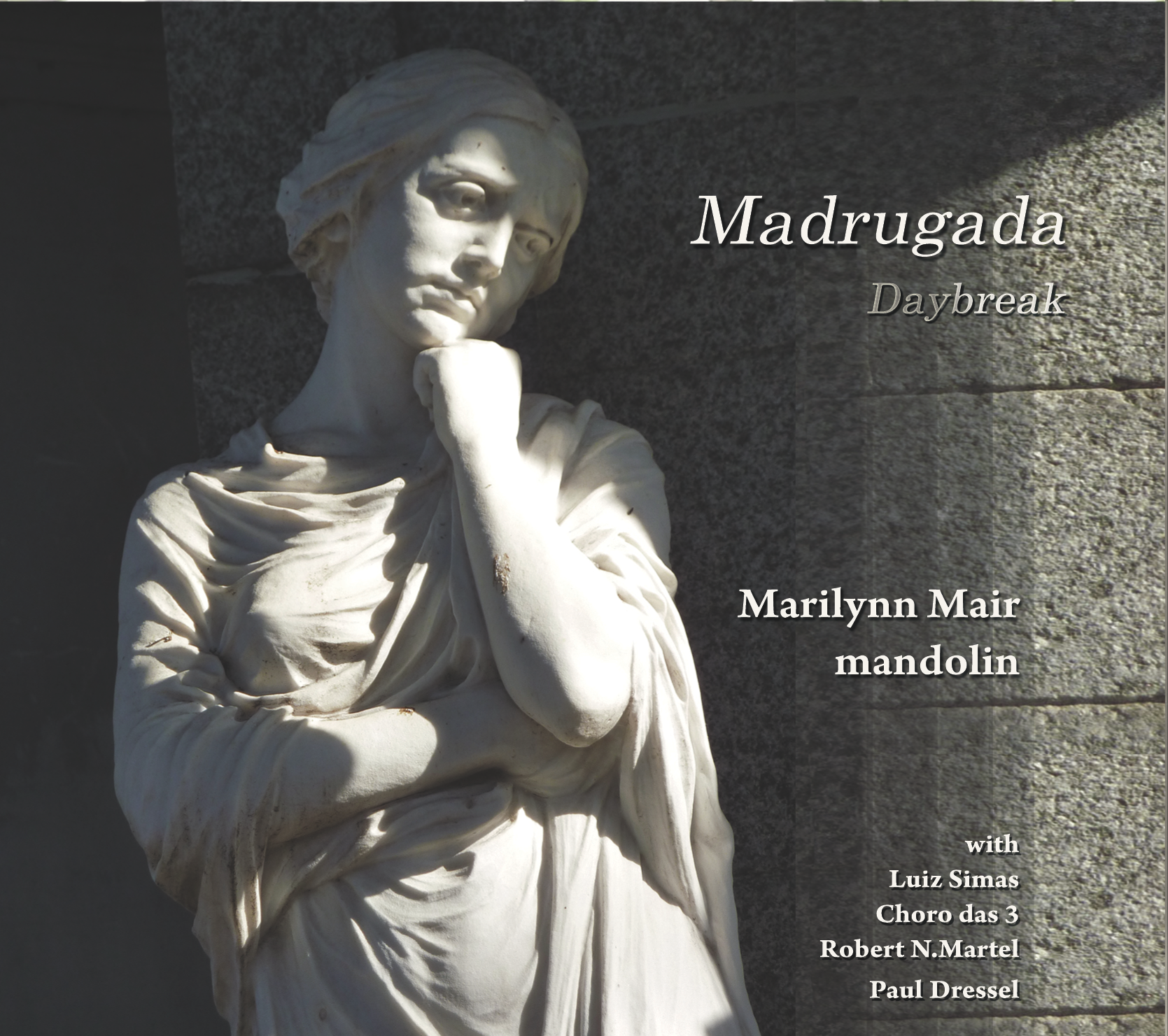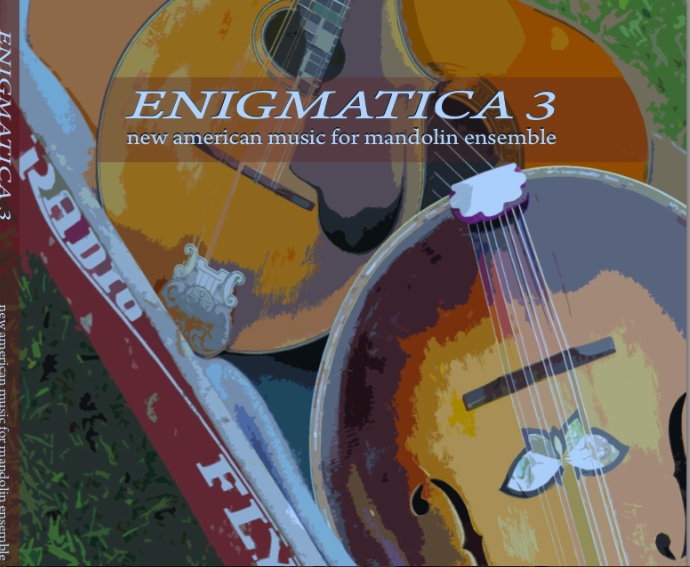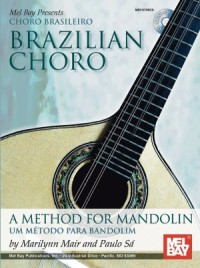How to play faster, cleaner, louder, more musically, and with greater confidence
 This book is a master class in musicianship for mandolinists, written and recorded by one of the most highly regarded performers and teachers of her generation.
This book is a master class in musicianship for mandolinists, written and recorded by one of the most highly regarded performers and teachers of her generation.
Marilynn Mair is a world-renowned mandolinist with over a thousand concerts, two dozen CDs and two previous Mel Bay books to her credit. In The 100 -Techniques & Exercises for Mandolinists, she presents 100 tips and techniques distilled from her musical journey, developed over the course of her career, and used in her private lessons, workshops, and her own concert preparation.
For the first time ever, Marilynn has included TAB for all 100 exercises and the musical examples included in the book. Because these are exercises, she wanted the material to be accessible to all mandolinists whatever their choice of music, not only to those who read music. She also personally recorded 50 examples, specifically tailored to illustrate the book’s exercises and ideas, and access to that online audio is included with the book.
Here’s an excerpt from the book’s introduction:
“You play the mandolin; you want to play it better. It’s a noble quest pursued by many, one with several different components—improving technique, developing musicianship, learning to read and listen better, developing a roadmap to guide you through a piece from beginning to end, finding a style that makes your heart leap up, and discovering people to make music with. But the most important aspect of all may be understanding when you need to step back from your playing to survey the situation and develop a game plan, to hear what you want before you can play it, and to be able to figure out where you want your music to go.
I can help with that. I’ve most likely been playing mandolin longer than you have. I’ve had teachers who opened doors and students who asked questions, concert repertoire I’ve had to learn by a deadline and recording sessions that demanded perfection, stylistic questions that required research and situations where I had to jump without knowing where I would land. Along the way I’ve developed a methodology to improve my ability to listen, critique, work out problems efficiently, assess, and decide what is needed to bring a piece of music to life.
Blind hope is never the answer, and no one magically plays better at the gig than at home. Well, maybe sometimes, but those moments are rare and, though thrilling, can’t be counted on. To truly improve your playing you need to know how to practice, to understand that practicing is different from playing, and to realize that performing brings a greater level of intensity that you will not overcome unless you have done the requisite work.
You need to become a mechanic to develop as an artist. You have to take the engine apart to see how it works and figure out why some parts aren’t running smoothly. You need to see the big picture and then be able to deconstruct it down to a single problematic note. You have to know when to think and when to take your mind out of the equation so your fingers can learn their specific tasks. Simple ideas can bring powerful results. This book presents 100 tips and techniques distilled from my musical journey that may help you on yours.”




